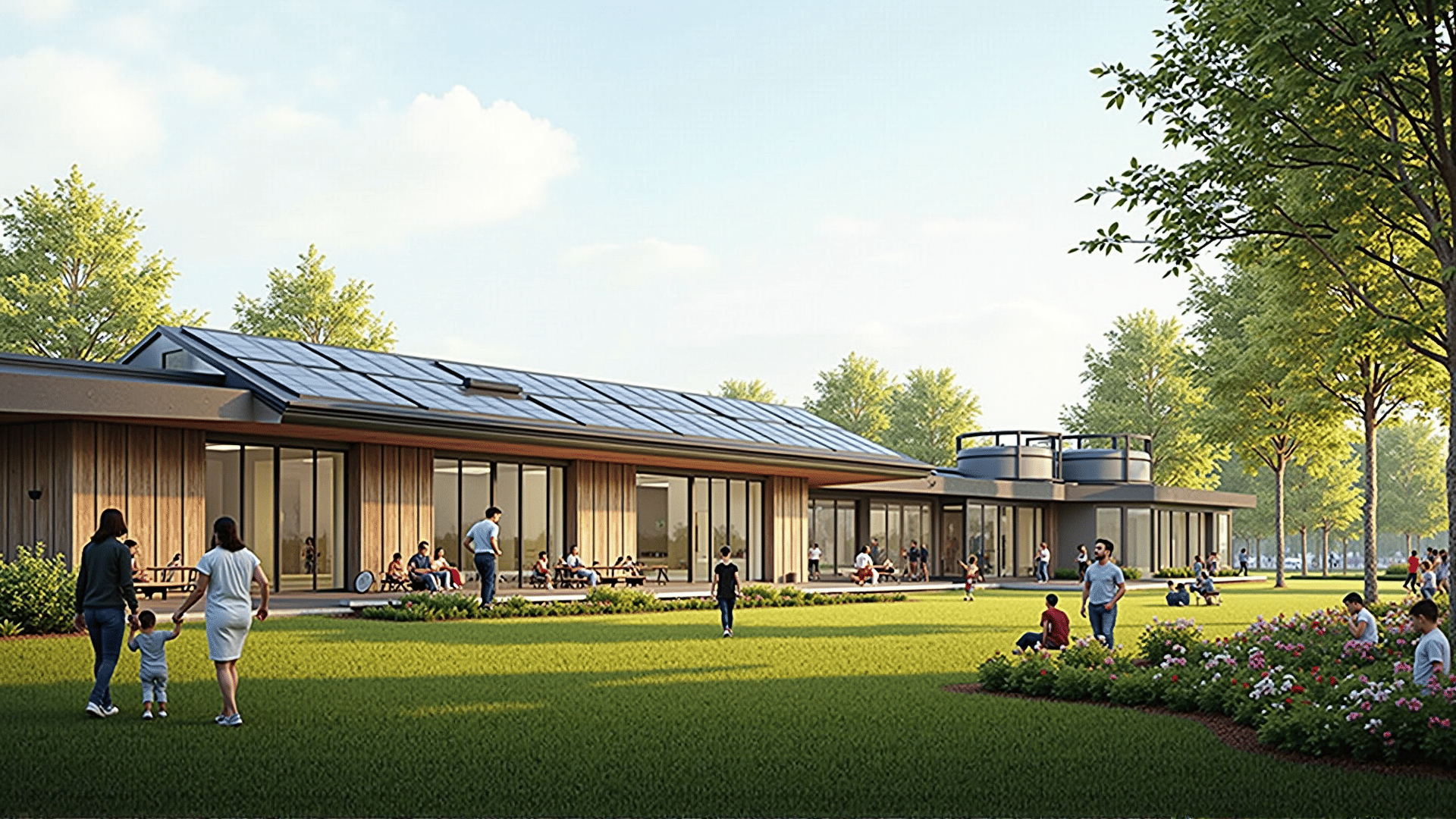In recent years, communities across the globe have turned their sights toward more sustainable and environmentally-friendly solutions to improve urban living spaces. This shift primarily focuses on the concept of green infrastructure, which aims to create public facilities that are not only beneficial for community living but also significantly reduce environmental impact.
Green infrastructure refers to the network of natural and semi-natural areas within urban spaces that work harmoniously with urban necessities. These include thoughtfully designed parks, green roofs, rain gardens, and permeable pavements. Such elements are skillfully incorporated into urban landscapes to achieve a host of ecological, social, and health benefits.
One of the most notable advantages of green infrastructure is its ability to manage stormwater effectively. Traditional concrete and tarmac surfaces are less permeable, often exacerbating urban flooding during heavy rains. In contrast, green spaces and permeable materials allow rainwater to infiltrate the ground, reducing runoff and preventing overwhelming municipal drainage systems.
Moreover, these natural solutions often improve air quality. Vegetation associated with green infrastructure acts as a filter, absorbing air pollutants and producing oxygen, thus providing an important service to densely populated areas. This natural mitigation supports the health of community members, reducing risks associated with air pollution such as respiratory diseases and improving overall quality of life.
Green infrastructure also plays a pivotal role in cooling urban areas, tackling the heat island effect, where cities experience significantly higher temperatures than surrounding rural areas. Shade from trees, along with the cooling effect of water features and green surfaces, help lower urban temperatures, making cities more comfortable during warmer months while reducing the demand for air conditioning.
Beyond the environmental benefits, green infrastructure enhances aesthetic appeal and fosters community engagement. These spaces provide social hubs where community members can gather, exercise, and participate in recreational activities. As urban areas expand, maintaining accessible green spaces offers residents a respite from the bustle of city life and encourages a sense of community cohesion.
Furthermore, green infrastructure projects often create opportunities for educational programs and community involvement in environmental stewardship. Workshop sessions focusing on gardening, biodiversity, and sustainability practices engage residents and raise awareness about the importance and impact of these natural solutions.
In conclusion, green infrastructure represents a forward-thinking approach to urban planning that benefits both people and the planet. By strategically embedding natural systems within urban spaces, communities can create healthier, more resilient, and more vibrant environments. Not only does this infrastructure mitigate environmental challenges, but it also enriches the communal fabric, providing essential services and recreational opportunities that enhance urban living.
